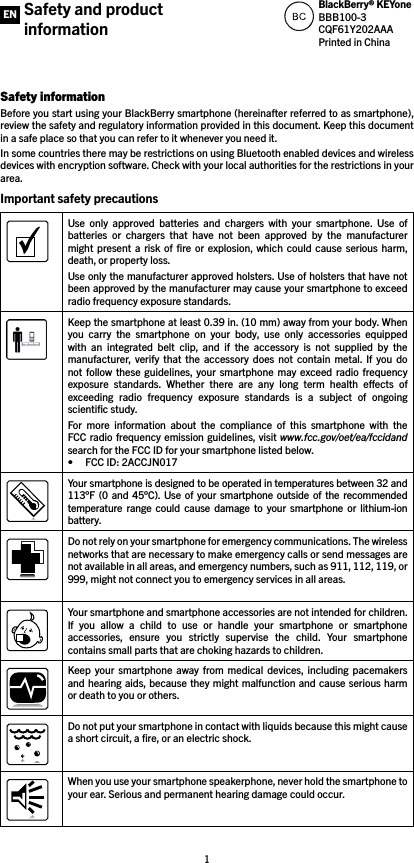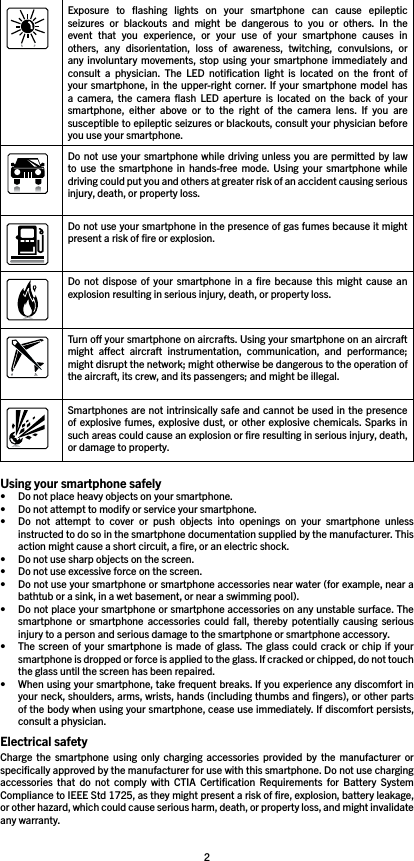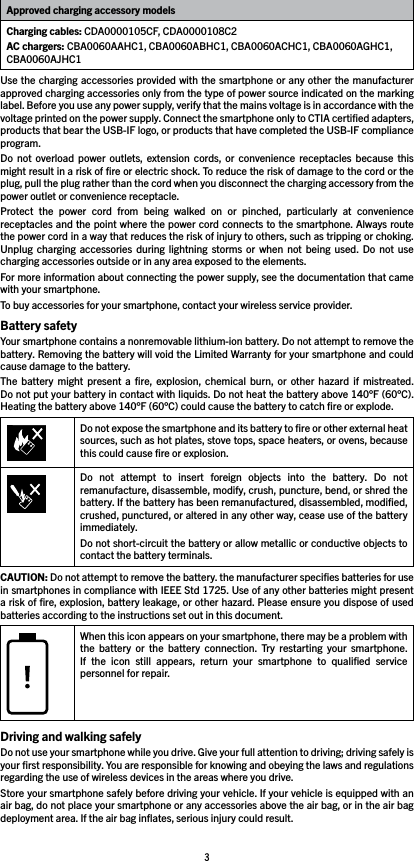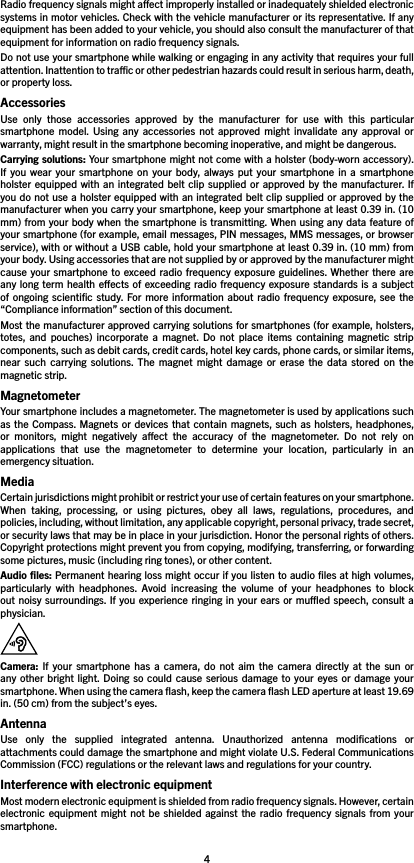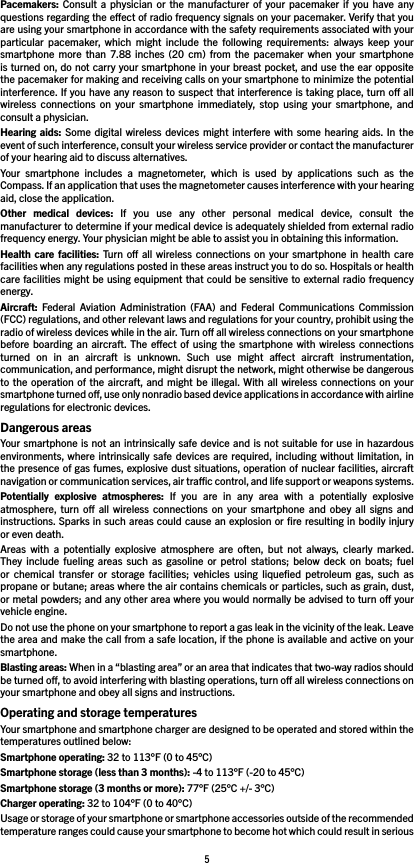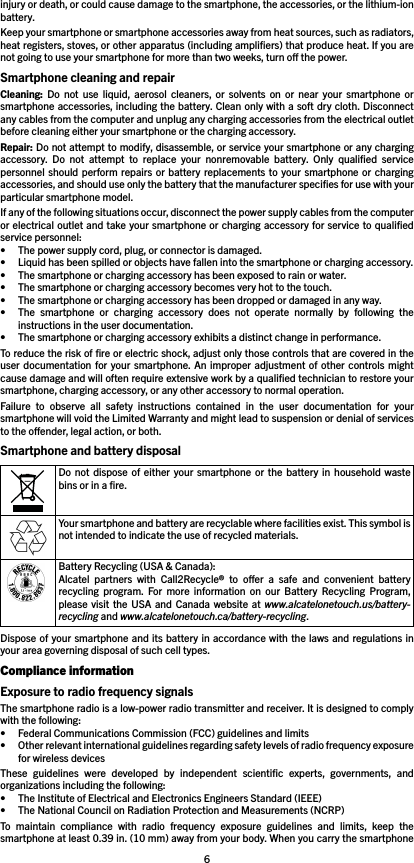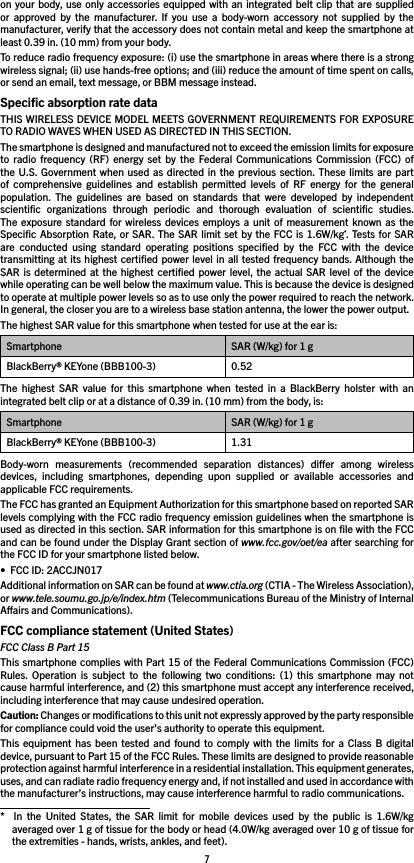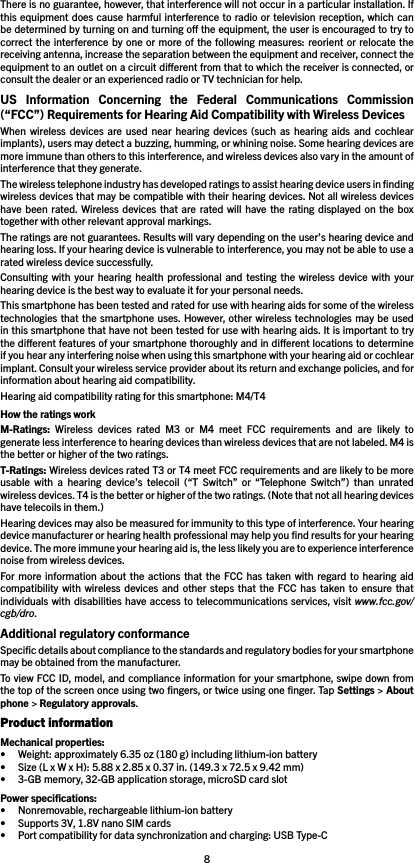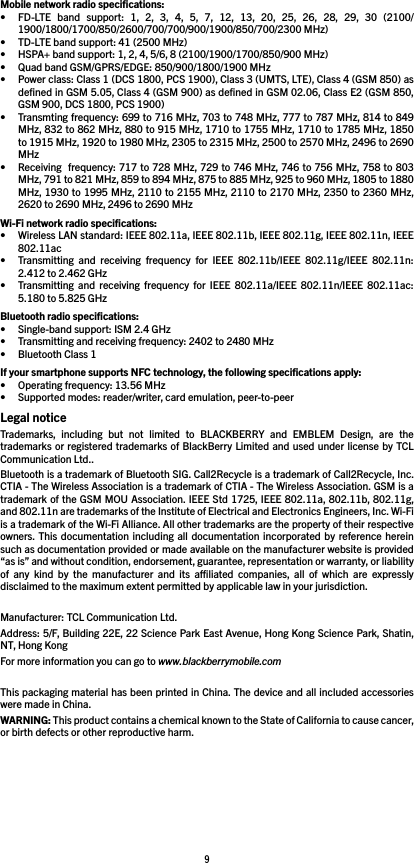TCL Communication N017 GSM Quad-band/CDMA/EVDO Tri-band/ HSPA-UMTS Six-band/LTE 15 band mobile phone User Manual TempConfidential Verizon BBB100 3 USA English SIB 20170322 draft4
TCL Communication Ltd. GSM Quad-band/CDMA/EVDO Tri-band/ HSPA-UMTS Six-band/LTE 15 band mobile phone TempConfidential Verizon BBB100 3 USA English SIB 20170322 draft4
TempConfidential_Verizon_BBB100-3_USA-English_SIB_20170322_draft4
